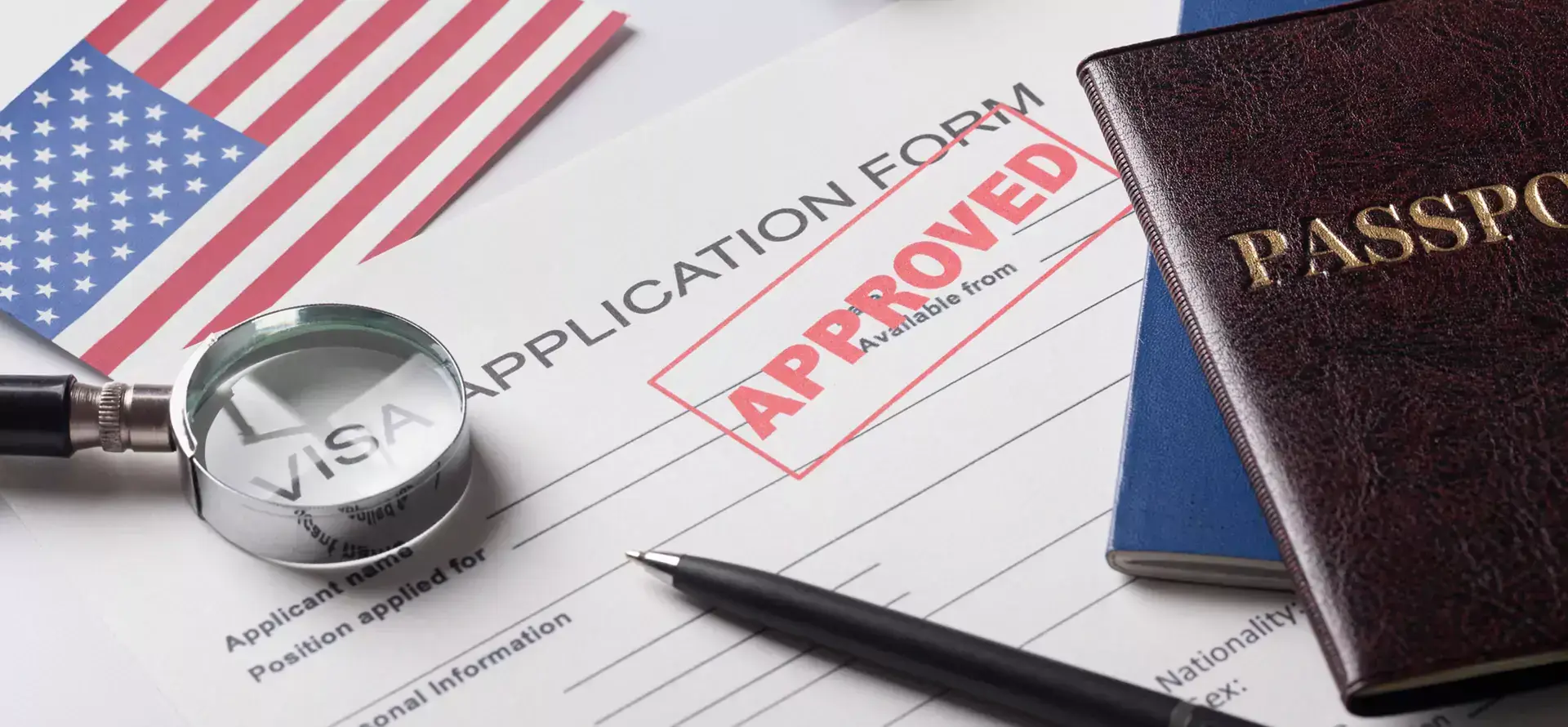 "Each year, approximately 65,000 undocumented students graduate from American high schools. While many hope to pursue higher education, join the military, or enter the workforce, their lack of legal status places those dreams in jeopardy and exposes them to deportation. Over the last decade, there has been growing bipartisan consensus that Congress should provide legal immigration status for young adults who came to the country as children and graduated from American high schools.
"Each year, approximately 65,000 undocumented students graduate from American high schools. While many hope to pursue higher education, join the military, or enter the workforce, their lack of legal status places those dreams in jeopardy and exposes them to deportation. Over the last decade, there has been growing bipartisan consensus that Congress should provide legal immigration status for young adults who came to the country as children and graduated from American high schools.
Since 2001, when the Development, Relief, and Education for Alien Minors (DREAM) Act was first introduced as bipartisan legislation, its main provision—providing permanent resident status (i.e. a “green card”) upon completion of two years of college or service in the military—has held out hopes of a lasting solution for these young people. As the current political environment has become more polarized, bipartisan support for the DREAM Act has waned. Recently, however, new, more narrow proposals have circulated that either restrict eligibility for permanent residency to a smaller group of young people or offer no dedicated path to permanent residency (and, eventually, U.S. citizenship).
In recent months, much attention has been focused on an as yet undisclosed proposal from Sen. Marco Rubio (R-FL) that would reportedly offer temporary legal status for undocumented high-school graduates but no dedicated path to permanent residency. In January 2012, Rep. David Rivera (R-FL) introduced the ARMS Act, which would require military service as a condition for obtaining permanent resident status. In May 2012, Rep. Rivera also introduced the STARS Act, which would permit undocumented students to become permanent residents if they complete a four-year degree, provided that they were generally under the age of 19 at the time of application.
This fact sheet explores the differences between these various proposals, focusing on the implications of a direct path to permanent residency. In particular, we examine the assumption that the regular immigration system offers a solution for undocumented youth." - IPC, June 1, 2012.docs/A Comparison of the DREAM Act and Other Proposals for Undocumented Youth _ I.pdf


